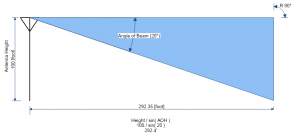
(Ahem… in my best Paul Shaffer voice)
And now, from the home office in Napa Valley, California…
The Top 10 Reasons Why Wine Bottles Are Better To Date Than Women!1
(Drumroll)
10. Happy to be locked in a dark cellar for years until you’re ready for a commitment.
9. Never have to meet its parents, the gnarled old vines.
8. Everything you need to know about its history and body is right there on the label.
7. You always know exactly how much it’s going to cost you upfront.
6. The only time it’ll give you any lip is when you’re pouring it.
5. Couldn’t care less if you have a whole rack of others in the cellar.
4. Actually does get better with age.
3. Won’t get mad if you open it up for your buddies during the game.
2. Has a “finish” you can actually enjoy without a long, drawn-out conversation about “where this is going.”
(Drumroll intensifies)
1. Always willing to open up on the first date.
- Generated by Google Gemini (think ChatGPT) ↩︎




